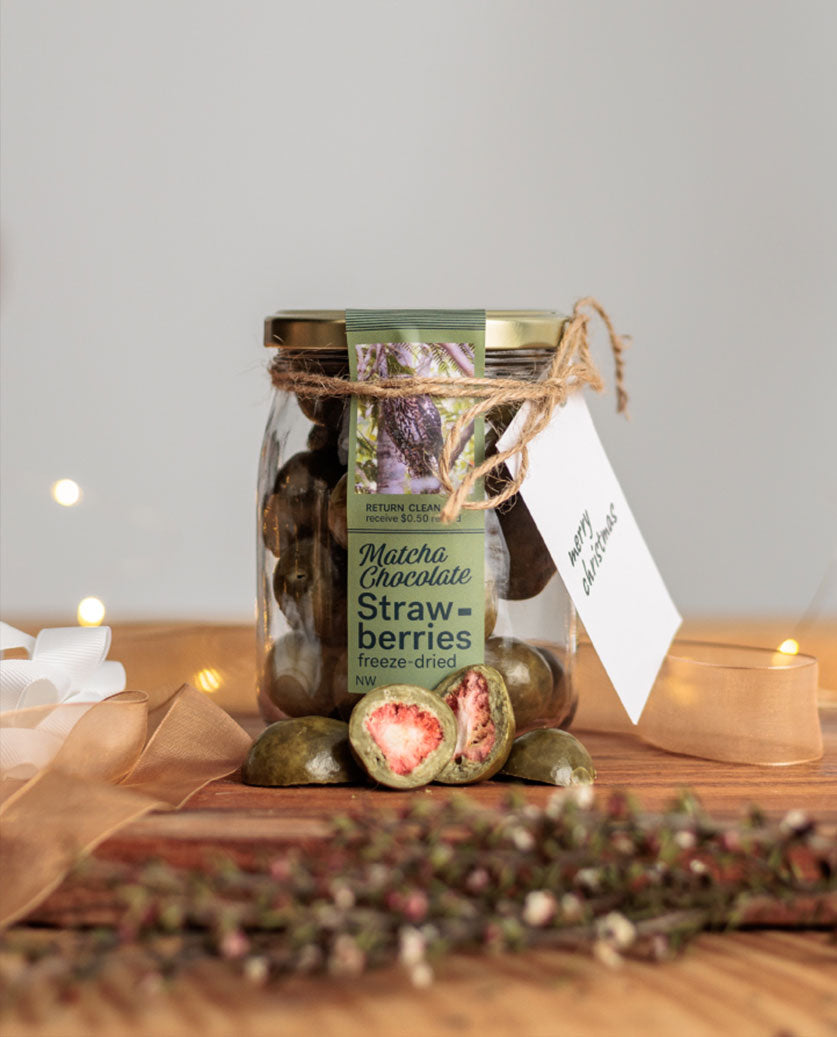Spirulina
History
Spirulina is a blue-green algae that is one of the oldest life forms on earth, growing naturally in oceans, lakes, rivers and ponds in subtropical climates. Science shows that for centuries, spirulina was responsible for producing much of the oxygen on the planet that allowed the earliest organisms to develop.
Civilizations all over the world have cultivated and cherished spirulina for its health-promoting benefits for hundreds of years. The Aztecs harvested spirulina algae from Lake Texcoco in Central Mexico, while the native people in Chad, Africa also used spirulina as a primary staple in their daily diet since it grows naturally and profusely in the pure salt water lakes of the region.
Spirulina was once classified as a plant because of its high concentration of plant pigments, as well as its ability to photosynthesise, however following further research, scientists moved spirulina to the bacteria kingdom.
Spirulina has an intense blue-green colour, with a relatively mild, bitter taste. The way it grows in microscopic spirals, which tend to stick together, makes it easy to harvest.

Health Benefits
Spirulina is one of the most potent, concentrated, nutrient-rich foods on earth. Like many other superfoods, it acts as both a food and a medicine. According to health experts, spirulina has the power to give us maximum nutrition, health and energy without any unnecessary calories or unhealthy fats (i.e. trans-fatty acids).
Most notably of spirulina’s nutritional attributes is that it is a complete protein containing all essential amino acids, with about 60% total protein. Spirulina actually has the highest protein content of any food (by dry weight), as well as being highly bioavailable, meaning the protein can be easily digested by the body to reap its full benefits.
Spirulina is rich in B vitamins, being the richest source of vitamin B12, as well as other health-promoting minerals. Due to these nutritional properties and its high iron content, spirulina is an effective supplement in vegetarian and vegan diets where vitamin B12 is lacking, and iron and protein levels may need an additional boost.
Spirulina is a powerful superfood that can be added into the diet in a number of different ways, boosting the health of body cells and providing improved immunity, energy and vitality.
Fun Facts
-
There are 35 different varieties of spirulina.
-
Spirulina maintains its integrity and nutrients regardless of temperature, meaning it is super versatile in your diet.
-
Spirulina is the highest source of vitamin B12, closely followed by raw beef liver.
-
The iron content of spirulina is equivalent to red meat.
-
The beta-carotene in spirulina is significantly higher than in carrots.
-
Spirulina applied on the skin may protect against ultraviolet radiation. Thanks to its blue pigment, you can create a natural, homemade sunscreen by adding spirulina to a simple 50/50 mixture of organic coconut oil. (Note: This may not provide full protection from the sun so we recommend minimising time spent in direct sunlight, especially for those with particularly fair skin).


Recipes
Detox Green Smoothie – Perfect for post-holiday cleansing. Filled with nourishing fibre and plenty of greens, the natural chlorophyll from spirulina will leave your cells feeling happy and energised!
Mint Choc Smoothie Bowl – A reincarnation on the much-loved classic ice-cream flavour, this thick and creamy mint smoothie bowl makes a delicious breakfast or sweet treat with plenty of hidden greens to put that extra spring in your step.
Tropical Super Greens Energy Bites – Super easy, super tasty, super nourishing. What more could you want from a snack?
 GoodFor
GoodFor


